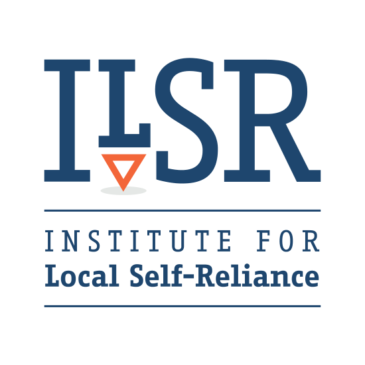Increased Municipal Utility Formation the Goal of Legislation in Massachusetts
In an effort to clarify and strengthen state law, lawmakers in Massachusetts have introduced legislation to enhance the ability of communities to acquire electric distribution equipment from investor-owned utilities in order to form municipally-owned electric companies.



